Foundations: Laying the Groundwork
Every leader and organization starts somewhere. If you are at the beginning of building the skills, practices, and awareness needed to create stability, trust, and inclusive leadership in your environment, stress and conflict may feel overwhelming, and inequities in communication or team dynamics may be hard to name. It’s natural to feel hesitant about where to begin — or unsure how to navigate sensitive conversations without causing harm.
The good news: you don’t need to have it all figured out to start making progress.
Your commitment to learning and doing no harm is already a strength. With support, you can move from observation to action — and from overwhelm to clarity.
The good news: you don’t need to have it all figured out to start making progress.
This is the right moment to:
- Learn shared language and basic concepts for inclusive, resilient leadership.
- Develop simple practices to manage stress and prevent burnout.
- Build awareness of how organizational patterns — not just individuals — can create inequities and conflict.
- Gain confidence in taking up your voice and role, even in small ways, as you grow.
Your commitment to learning and doing no harm is already a strength. With support, you can move from observation to action — and from overwhelm to clarity.
Become a FREE Member
Stay grounded and informed with essential resources and updates.
- Monthly newsletter with insights, tools, and upcoming offerings
- Access to recorded webinars
- Priority access to public workshops and events
Stress. | Burnout. | Trauma. | Conflict.
Download this FREE body-based resilience practice, and reset your nervous system in 3 minutes!
Courses to guide your next step
#e-learning | #onlineresources
Equity is a collective journey, join in!
Engage with greater understanding
"Being able to bring hard issues to Dr. Washington and get her perspective has been so valuable. You push and at times it's been hard, but we all knew that going in and it's been totally worth it.
It feels like we are able to engage around race, racism and oppression in a way that no longer paralyzes us. We have language, greater understanding and, I believe, greater commitment to anti-racism."
--Brian - Residency Program Director
--Brian - Residency Program Director
Create significant & measurable impact
"From the very first meeting, it was clear that she was not only highly knowledgeable in their field, but also deeply committed to understanding our organization's unique needs and goals. Her expertise and insights were invaluable, and they provided thoughtful, strategic recommendations that have already had a significant impact on our operations."
--Jasmine - Department DEI Leader
--Jasmine - Department DEI Leader
Sign up for emails
Get DEI insights & tools delivered straight to your inbox.
Thank you!
